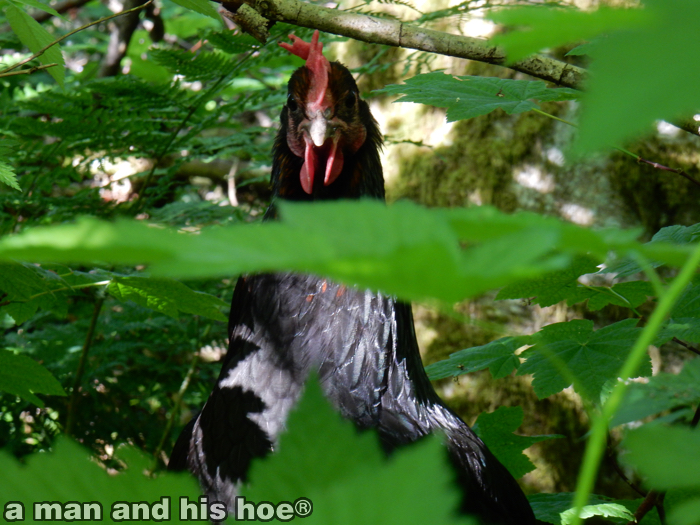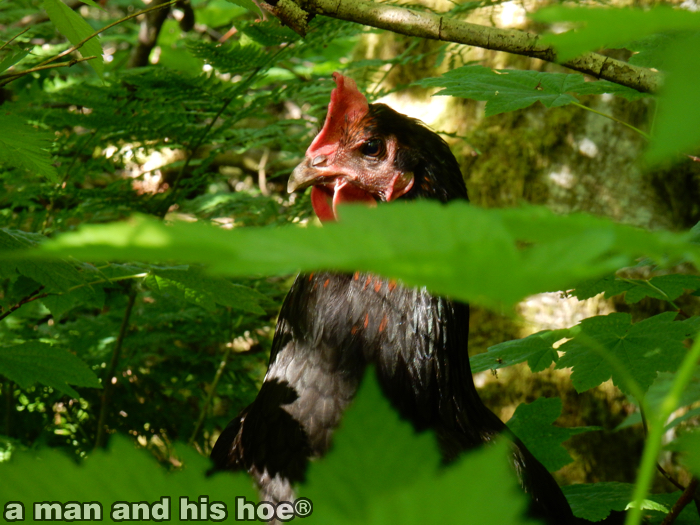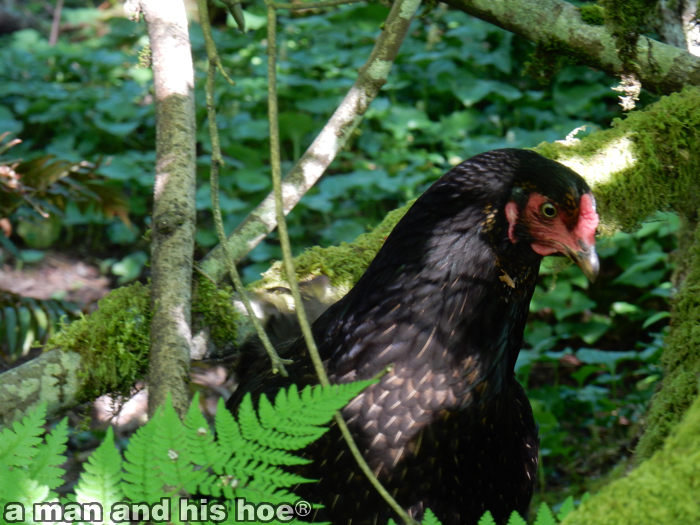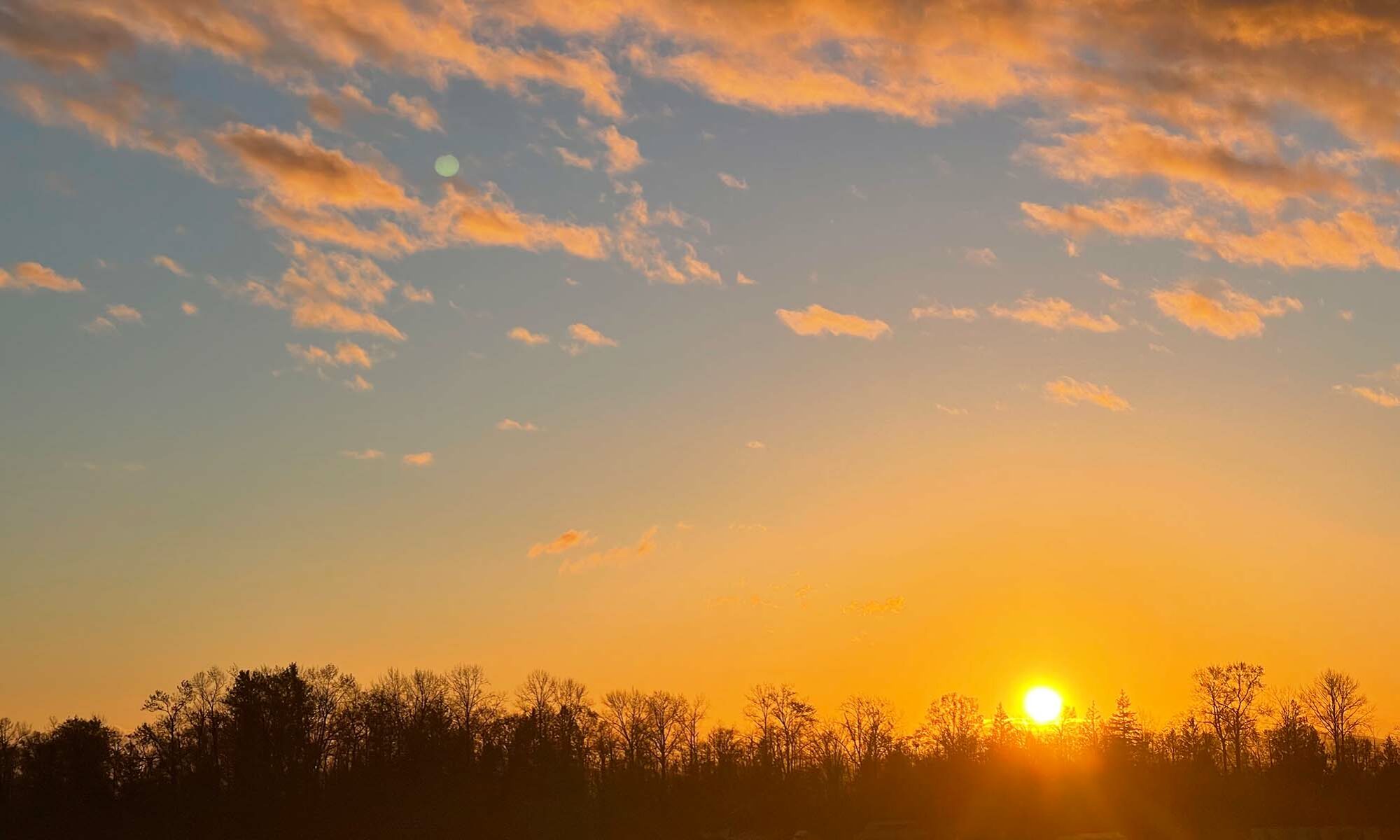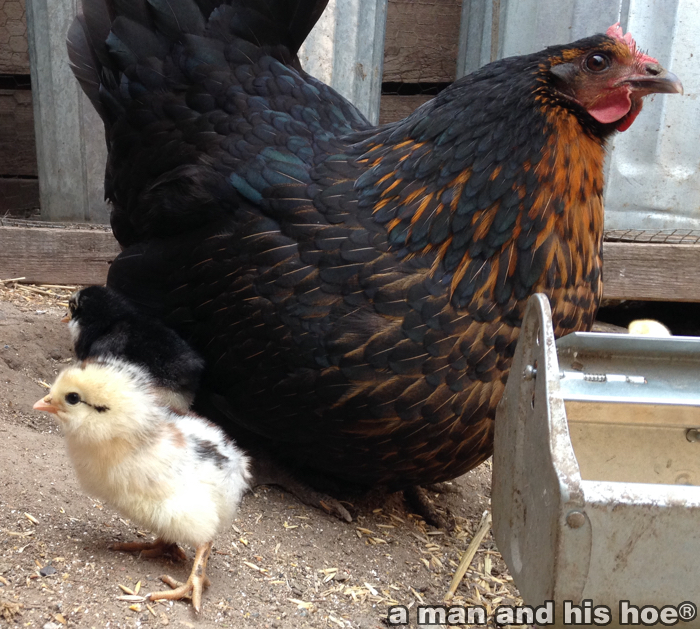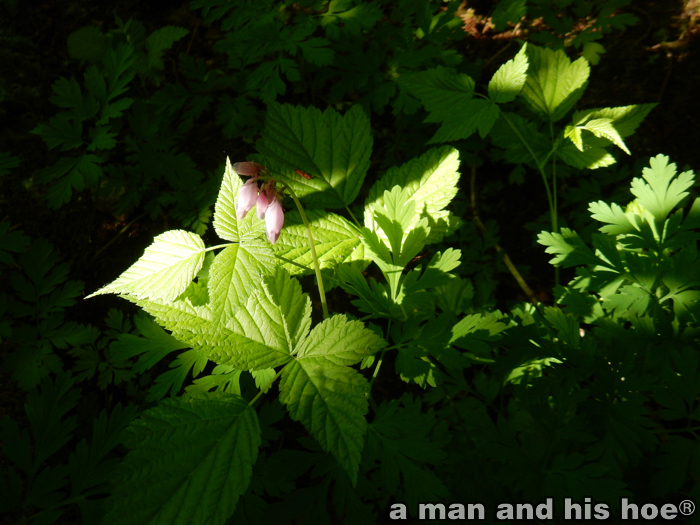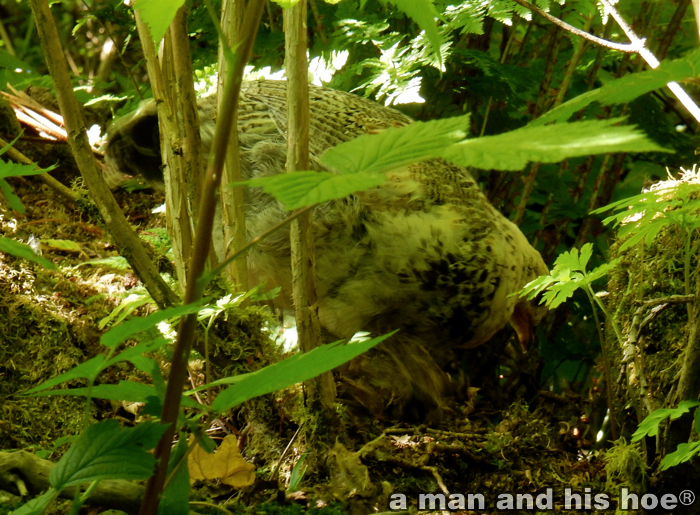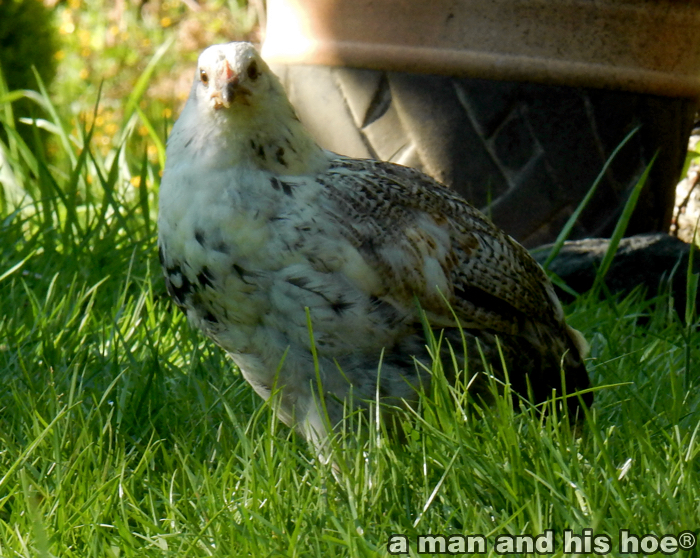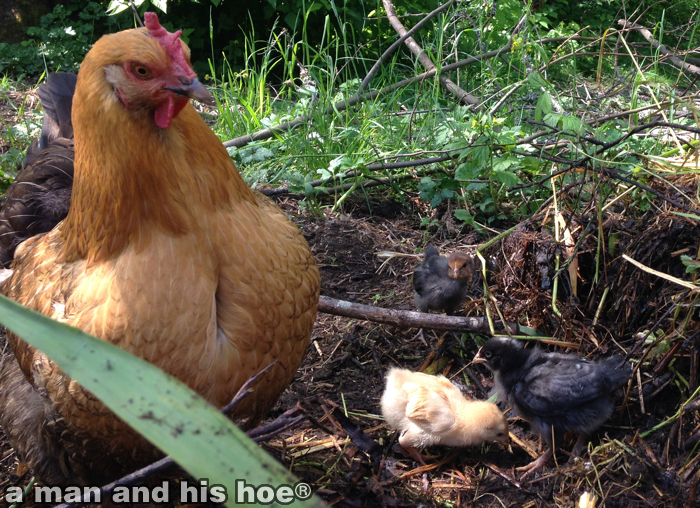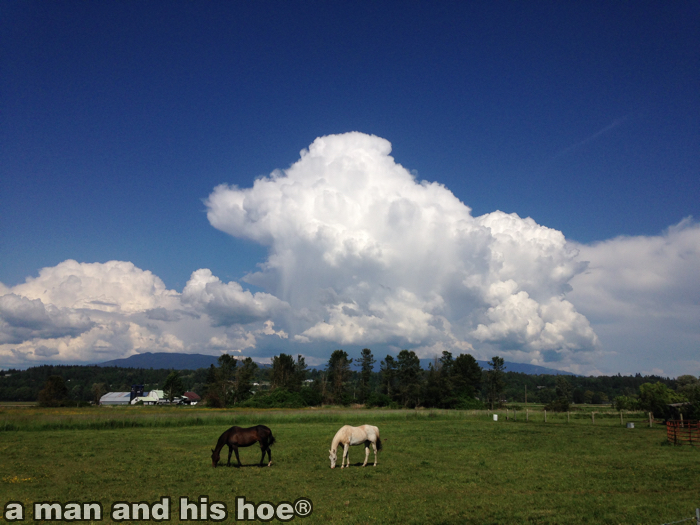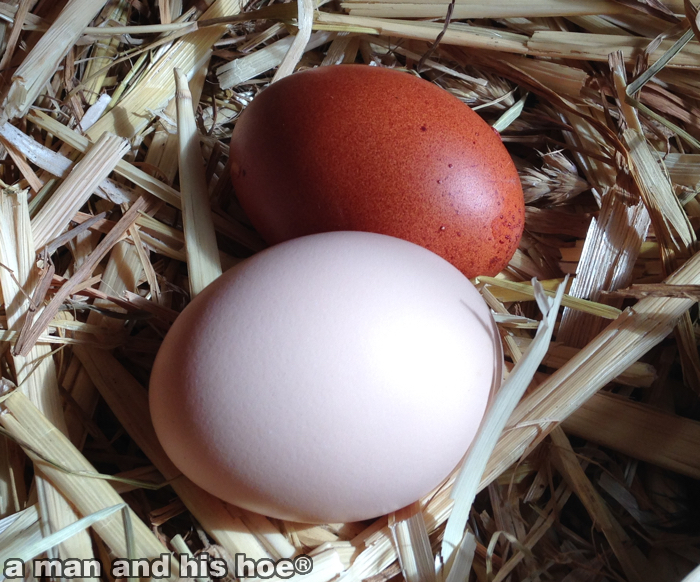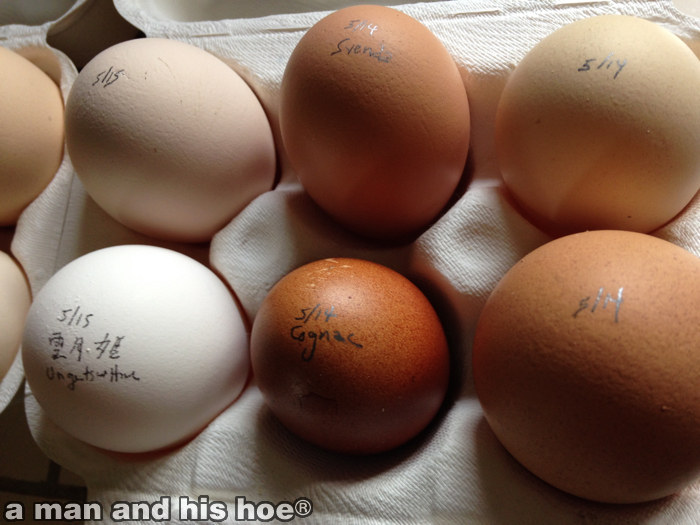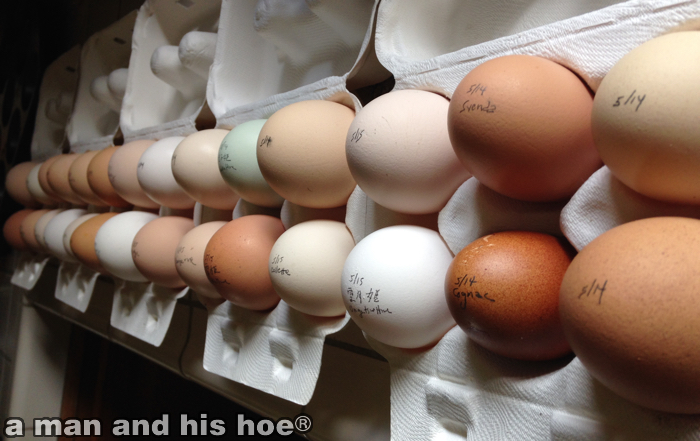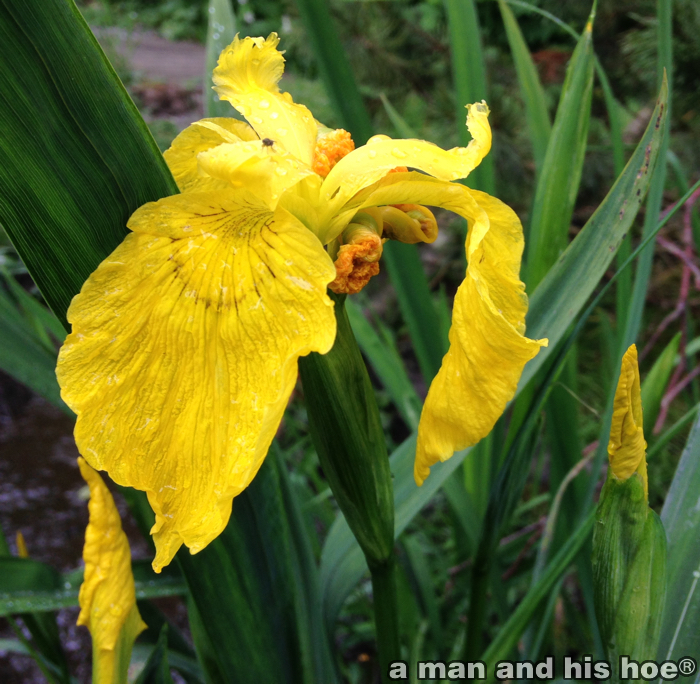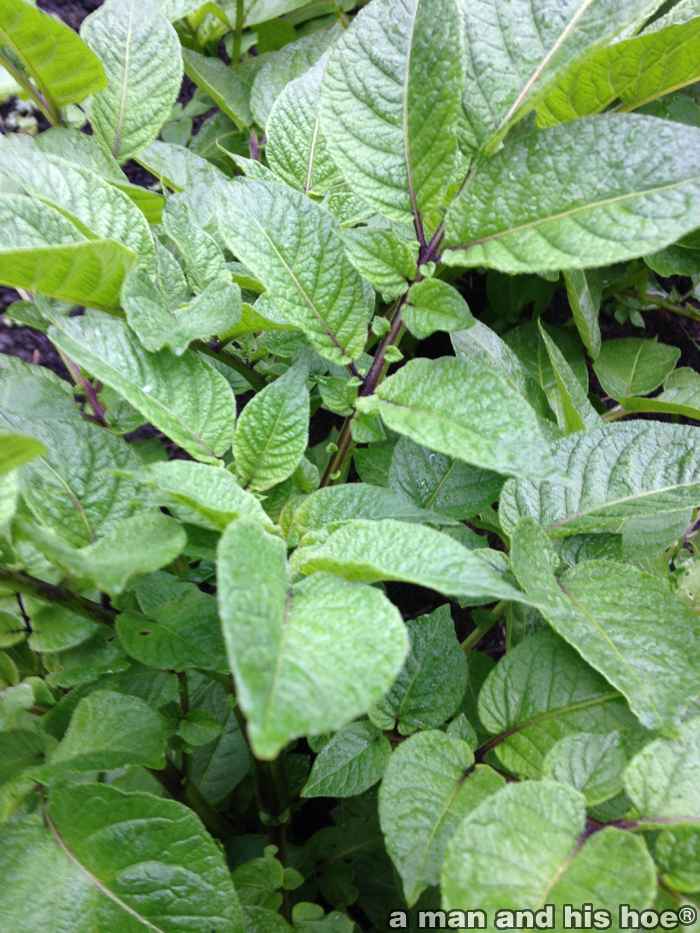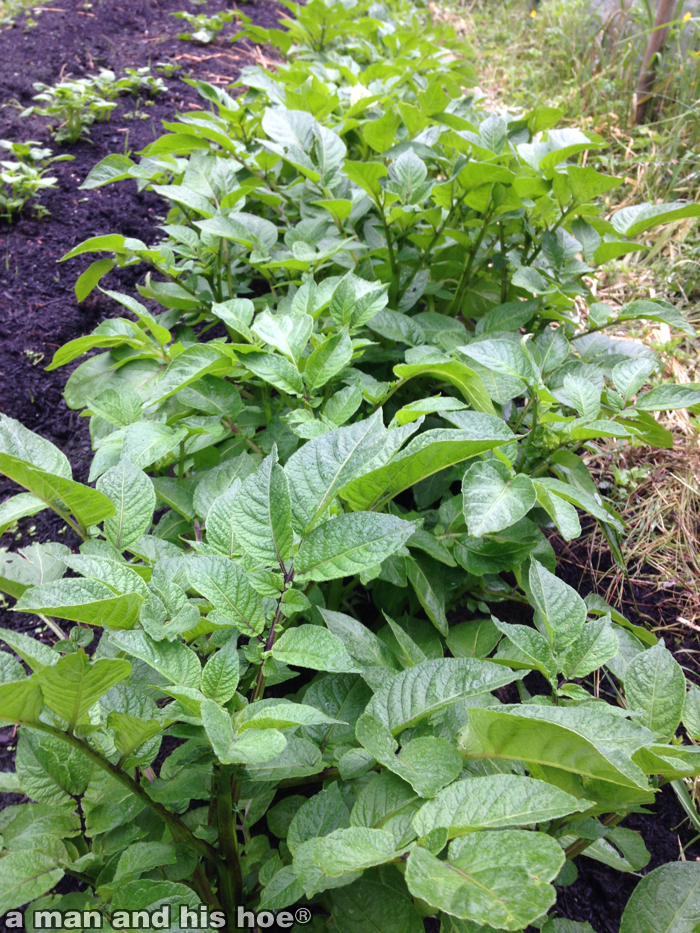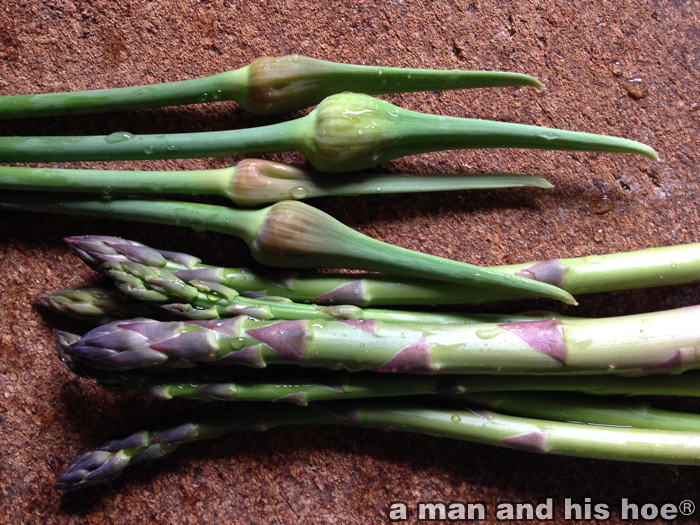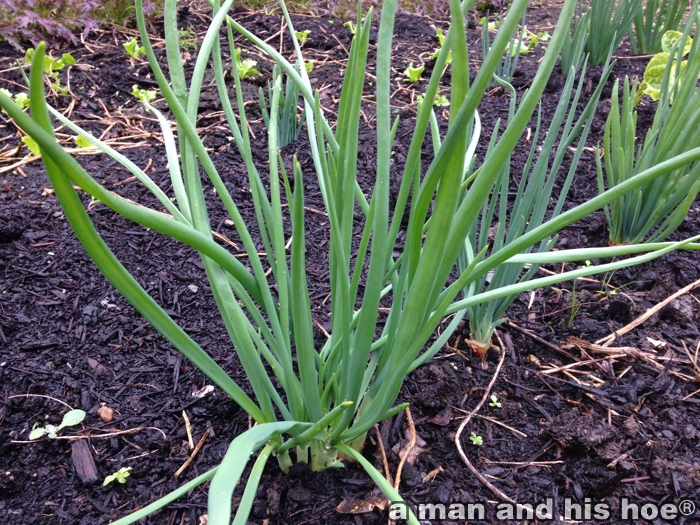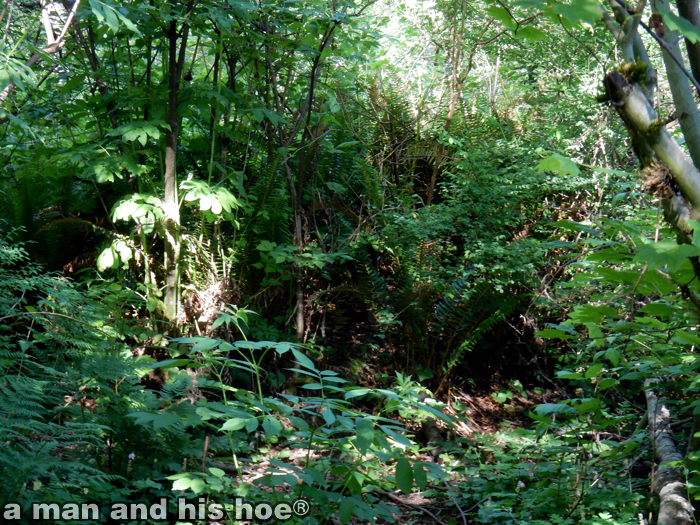
“Yeah, I want to go in there!” That is what flashes through a chicken’s mind when it sees thick brush. Chickens love forests. They love woods. They love tall grasses and thick brush. It’s not surprising, considering that they are descended from jungle fowl.
Why do chickens love wooded areas so much? Because they are full of food, and provide a fair amount of protection. Most hawks and eagles have a hard time navigating through dense brush. And if they sense a ground predator, the thick brush gives them many escape routes.
In every teaspoon of soil, provided it hasn’t been harmed by fungicides, pesticides, and fertilizers, are billions of bacteria and fungi, up to 25,000 species of fungi and 75,000 species of bacteria. There are some 10,425 different species of birds world wide. In every teaspoon of healthy soil there are many more species of bacteria and fungi than there are of birds throughout the entire world. Amazing when you think about it. All that diversity of life right below your toes.
This vast variety of bacteria and fungi attract a huge variety of larger organisms which feed on them. A chicken scratching through the forest floor finds an endless variety of little creatures to eat, far greater diversity than you will ever find in any restaurant in any city on earth. A chicken in the forest is enjoying a smorsgabord, the likes of which you will never enjoy. They get to savor more dishes in just a few hours of foraging in the woods, than you may eat in a lifetime. That’s why chickens love the woods.
